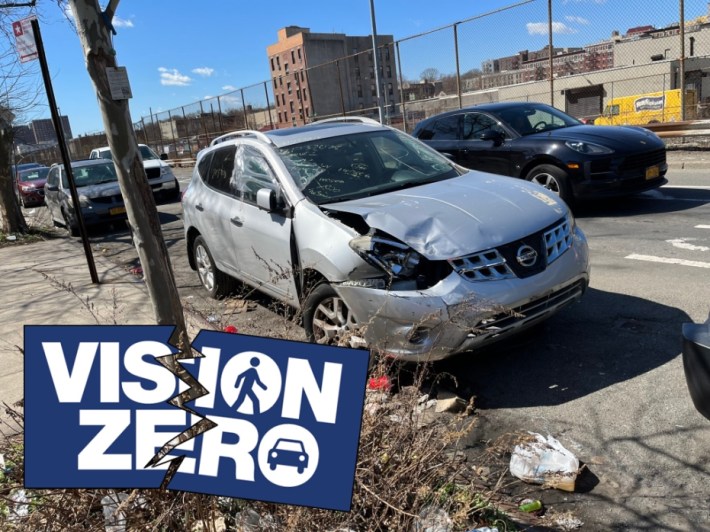
Can urban police forces with histories of racial profiling and brutality be entrusted to carry out traffic enforcement as part of Vision Zero initiatives? In a Twitter chat yesterday, the Safe Routes to School National Partnership asked how to ensure that "law enforcement doesn't profile or discriminate" when asked to uphold traffic laws.
Responding on Cyclelicious, Richard Masoner offers some data that illustrates the tension in San Jose:
As part of their Vision Zero effort, the city of San Jose, CA Police Traffic Enforcement Unit has adopted a data driven approach to enforcing traffic infractions. 50% of traffic fatalities in San Jose occur on just 3% of city streets. These “Safety Priority Streets” are portions of Almaden Expressway, Alum Rock Avenue, Blossom Hill Road, Branham Lane, Capitol Expressway, Jackson Avenue, King Road, McKee Road, McLaughlin Avenue, Monterey Road, Senter Road, Story Road, Tully Road, and White Road. Both cyclist fatalities in 2014 occurred on one of these streets, and the majority of cycling deaths in San Jose continue to occur on those roads.
JPD love this data, and it was very easy to convince them to use their very limited resources to target enforcement where they can do the most good.
But see what happens when we overlay the map of what our regional planning agency identifies as “Communities of Concern,” which are neighborhoods with a high proportion of minorities, recent immigrants, and low-income households.
People in all neighborhoods deserve safe streets, of course, but when people of color already feel unfairly targeted by law enforcement, sending an entire squad of motorcycle police with lidar guns to the east side might feel like harassment.
The real problem is that, historically, we’ve designed unsafe, incredibly hostile roads through these disenfranchised neighborhoods. Fatalities happen because people drive at highway speeds down eight lane thoroughfares with huge intersections. Fixing this is part of the “Engineering” component of Vision Zero, and San Jose has begun to allocate resources towards fixing these problems. This takes time and money, and in the meantime the dangerous driving and the fatalities will continue. SJPD must, unfortunately, continue playing the bad guy to make up for these design failures and improve street safety where they can.
Masoner goes on to call for a larger shift within bike advocacy to become more representative of the population at large, and to build a broader consensus about how achieve safe streets.
Elsewhere on the Network today: Greater Greater Washington says pedestrian tunnels aren't the answer for safety in D.C. The Urbanophile explains how Indianapolis is drowning in infrastructure costs. And Rebuilding Place in the Urban Space says temporary transit system closures can be opportunities for innovation.





